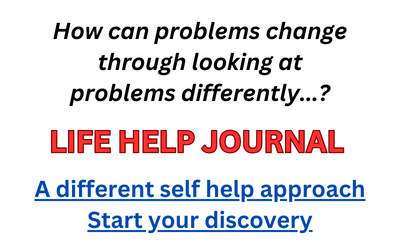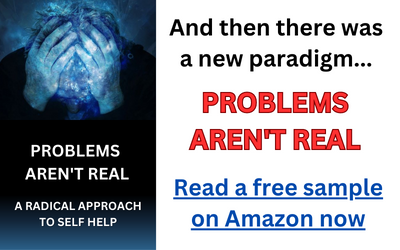The Holographic Universe is one of the most fascinating books I’ve read — if not the most fascinating book I’ve read — and is among my favorite books overall. The Holographic Universe, superbly written by Michael Talbot, is an examination of perception and consciousness.
The Holographic Universe could be described as two books in one: a book on scientific theory and also on spiritualism. An aim of The Holographic Universe, I believe, is to end the notion of a contradiction between science and spiritualism. It’s an unfortunate truth that some people who would describe themselves as spiritual are dismissive of scientific discovery. It is equally true that some people who consider themselves to be guided by science dismiss, quite arrogantly at times, the notion that spiritualism has any validity.
Let me describe spiritualism here as a belief in existence and phenomena beyond the realm of life on earth, including a belief in an omnipotent and omniscient energy that is sometimes referred to as God.
In The Holographic Universe Michael Talbot writes from the perspective of someone who believes in spiritualism but also wants to tests his beliefs as much as possible through scientific measurement. Thus The Holographic Universe begins with a considerable discussion of scientific discovery, particularly in the area of quantum physics.
This is not the forum, and I am not the voice, to offer a detailed explanation of quantum physics. What I can reveal is a discovery within quantum physics that is not explicable through broadly accepted scientific criteria. This discovery is that human observation of phenomena changes that phenomena. To put it in more basic language when one observes something that something reacts differently than when it’s not being watched.
I am not referring here to watching another human or an animal of some kind. A being that has awareness of other beings is almost sure to react in some way or another when they are aware of being watched. The insight I’m referring to was discovered within quantum physics through experiments in matter so small it could only be observed with high powered instruments — matter that supposedly had no awareness at all and so shouldn’t be, and even couldn’t be, concerned with being observed.
And yet it was, and it was demonstrated to behave differently when there was a human observer than when not.
The Holographic Universe offers a description of this astounding discovery and its implications, which are certainly profound. What is it about humans and human consciousness that can affect change in apparently inanimate matter? What else can human consciousness and focus change? Can this focus bring about intentional change, such as willing something within the external world to be different than it is?
Talbot considers, and ultimately agrees with, the notion that life on earth is the same as a holograph: a dimensional projection that operates on the brain in such a way that it is taken for being “real”. In fact however it is only an illusion.
Most people would quickly dismiss the idea that the life experience is an illusion. After all phenomena within the world can be experienced through the senses: things can be felt or smelled or seen. But sensory experiences are not what they seem. Objects are not actually solid at all but in fact are mostly empty space. The experience of solidity comes from matter vibrating at incredible speed so that the gap of nothing, so to speak, is not noticed. The vibrating matter though is itself mostly empty space, in vibration.
What really is whole? What really is “real”?
The Holographic Universe incorporates accepted scientific theory with accounts of what might be called extra normal experiences, including those of the author. The result is a riveting work that, in a logical way, reaches some very profound conclusions about what the true nature of existence actually is.
Michael Talbot died from leukemia shortly after The Holographic Universe was published: he was thirty-eight years old. Talbot’s passing could certainly be considered premature and tragic, but the timing and experience of it is also rather extraordinary. Talbot was able to finish his grand work, leaving it for human life to study and ponder and find comfort in into the future, and then was able to explore beyond the holograph. Some part of him, I have to believe, was excited by the prospect.
Find The Holographic Universe Here.

